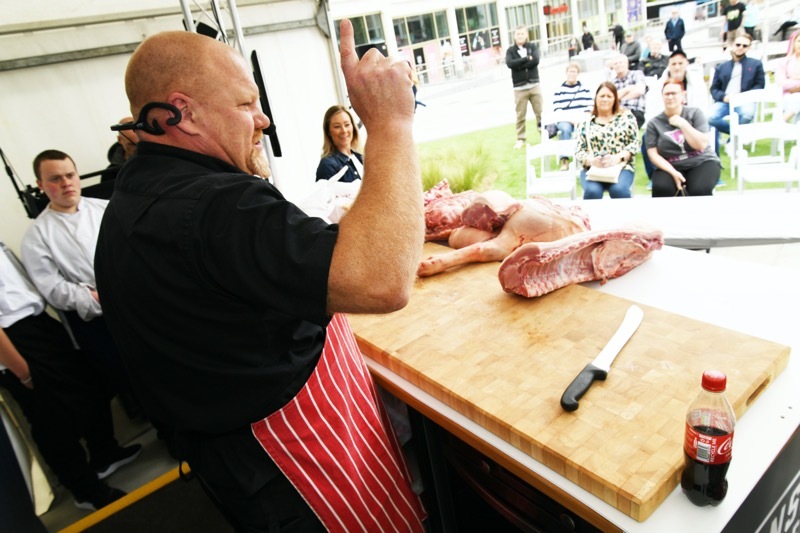FOOTFALL in Barnsley town centre has recovered quicker than other urban areas due to it being less reliant on local office workers, new research suggests - which highlights the town as one of the best-performing in terms of its bounce back.
The report from Centre for Cities explores how important it is for high streets that people return to the office, following the pandemic’s effects on increasing working-from-home arrangements.
Researchers said ‘stronger’ areas have been hit harder by the pandemic and lockdowns due to their reliance on office workers - many of whom are now working from home - spending in bars and restaurants. ‘Weaker’ areas such as Barnsley, they said, have seen footfall return to pre-pandemic levels ‘much more rapidly’.
The report said most high streets were doing well pre-pandemic ‘in part because the presence of highly productive, well-paid jobs underpinned demand for local businesses like shops, cafes and restaurants’. But most of these businesses lost their customer base ‘overnight’ when the pandemic and lockdowns hit.
“As the economy has reopened, workers haven’t returned in the numbers we saw before the pandemic,” it added. “This has raised questions about the repercussions homeworking is having on those high streets that rely on office workers the most.”
Researchers looked at the UK’s largest 63 towns and cities defined as primary urban areas (PUAs) and how spending is distributed through weekdays and weekends, and how many ‘high-value, high-paid’ jobs are based in a place, also taking into account consumer price index and footfall data.
Stronger centres are defined as those with a higher-than-average share of jobs such as financial services, accounting or advertising.
Those types of business typically sell beyond their local market and therefore are more likely to have both been able to ‘pay a premium’ to set up in a city, but then also quickly switch to working from home.
Places with lots of workers, the report said, could maintain more ‘specialist amenities’ such as higher-end bars and restaurants alongside amenities such as grocery shops - with London’s share of specialist amenities 17 per 10,000 residents compared to Barnsley’s four per 10,000.
Stronger centres, pre-pandemic, also saw more spending on non-essentials on both weekdays and weekends alongside workers spending more on food and drinks.
As a result, stronger places - where some firms have still not returned to the office - have been hit harder by successive lockdowns than those defined as ‘weaker’.
Barnsley’s overall sales, as of March, are outperforming its 2019 baseline, at around 105 per cent, while footfall is more than 130 per cent of pre-pandemic levels - or nearly a third higher - making it an outlier in the data.
Customer numbers have also increased by close to a third.
Annual footfall in Barnsley has increased by almost two million, with last year’s figure at 6,238,227.
Last May, footfall across the Glass Works and market was 397,421, which increased to 492,567 in December.
In September, figures for the town centre as a whole stood at 647,190 - and while they fell in the following months, they remain close to pre-pandemic levels, with October’s 594,629 an increase of a fifth over 2019’s figure for the same month of 488,526.
Coun Alan Gardiner, cabinet spokesperson for core services, said: “In Barnsley, we have bold ambitions for what we want our borough to be.
“We see it as a place which fosters and grows ambition, where everyone can lead healthy lives, live in quality homes and be the best they can be.”



























